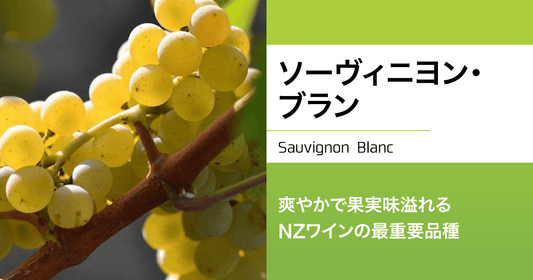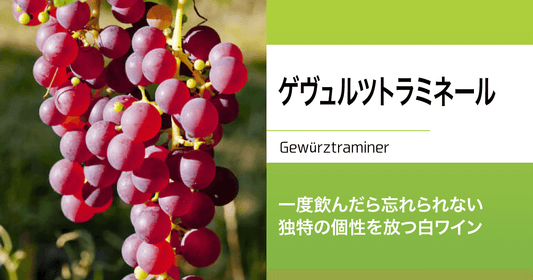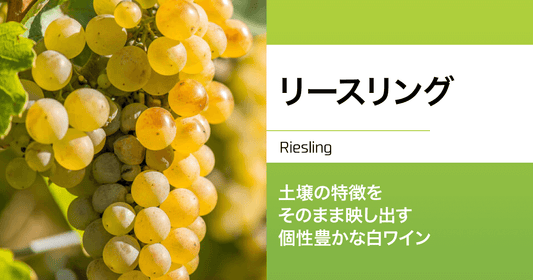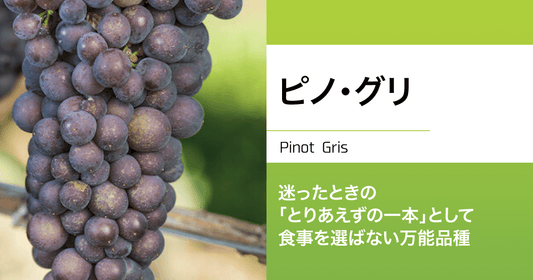
Petit Verdot is a grape variety that has long been used for blending in southwestern France, mainly in the Bordeaux region.
Petit Verdot? What a cute name♡
But I've never heard of it...
Yes, it has traditionally been used in small amounts in Bordeaux when blending wines, so it may not be very well known.
So, is there no wine that is 100% Petit Verdot?
That's not the case.
Although few in number, in the New World countries, where the history of wine is relatively short, wines made solely from Petit Verdot are also produced.
In 2016, Petit Verdot from Marufuji Winery, a Japanese wine brewery , was served at the working dinner of the Ise-Shima Summit, which also drew a lot of attention.
Petit Verdot is used mainly in small amounts for blending, so it doesn't stand out much. This time, we will explore the unknown charms of Petit Verdot.
What are the characteristics of Petit Verdot?
So let's take a look at its features.
Deep in color, rich in aroma and high in tannins
Petit Verdot is a very powerful and powerful grape variety.
It is a so-called "full-bodied" wine, with a deep color, rich aroma, firm acidity and rich fruitiness. In addition, it contains a lot of tannins , which are the astringent components of wine, so it has a strong structure.
Typical aromas include black cherry, plum, and violet.
It has long been used in the Bordeaux region as a "Bordeaux blend."
Petit Verdot is said to originate from the Bordeaux region in southwestern France.

In the Bordeaux region, wine has long been made using a traditional method known as the "Bordeaux Blend."
The Bordeaux Blend is made up of two main varieties, Cabernet Sauvignon and Merlot, with four supporting varieties : Cabernet Franc, Carmenere, Malbec, and Petit Verdot .
Petit Verte is often used in blends at less than 5% and is used to add complexity to the overall flavor.
It's only less than 5%! It tastes like the spice of red wine.
Slow-ripening varieties
Petit Verdot takes a long time to ripen compared to other grape varieties, which makes it difficult to cultivate and tends to produce smaller overall yields.
Therefore, it is thought that the reason why Petit Verdot is only used in small quantities in Bordeaux, mainly for blending, is due to low yields.
Also, because it is a slow-growing variety, it is best grown in climates where it can take its time to ripen.
What are the world's producing countries?
Petit Verdot originates from France, but is most commonly grown in Spain, followed by France, Australia and the United States.
It is also grown in other parts of the world, including South Africa, Argentina, Chile and Japan, and tends to have a richer fruit flavor in warmer countries such as the United States and Australia.
We also recommend 100% Petit Verdot wine!
"What does Petit Verdot taste like?" There are probably few people, even among wine lovers, who can talk about this question from their own experience.
As most red wines only contain about 5% of Petit Verte, there are few opportunities to truly feel that "this is truly Petit Verte!"
There are not many opportunities to taste Petit Verdot on its own, but wines made from 100% Petit Verdot are produced in Spain, Australia, the United States, Japan and other countries.
Production status in Japan
In recent years, some producers say that the red wine grape variety that best suits Japan is "Petit Verdot," and it has become increasingly popular.
The slow-growing Petit Verdot seems to be well suited to Japan's warm climate, and the southern part of Yamanashi Prefecture in particular produces some excellent Petit Verdot.
Marufuji Winery 's Petit Verdot, mentioned at the beginning, is also produced in Yamanashi Prefecture.
▶ Marufuji Winery 2017 Rubaiyat Petit Verdot
Food compatibility: Keywords are "beef" and "aged"
Once you have your Petit Verdot wine, the next step is to think about what food to pair it with.
It is best to pair a 100% Petit Verdot wine with something that can stand up to its strength. The key words are "beef" and "aged"!
I see, having keywords makes it easier to understand!
It's a combination that feels a bit grown-up!
We recommend beef steaks and thickly cut lean meats, especially aged meat .

It goes well with beef stew and roast beef.

It stands up to even the more unusual meats such as lamb.

It's also good to pair it with aged cheese for an easy meal.

Petit Verdot is even grown in New Zealand!
Although production volumes are not large, Petit Verdot is also grown in New Zealand.
The main production area is the Hawke's Bay region in the North Island. Taking advantage of its warm climate, Hawke's Bay focuses on producing Bordeaux blend wines, and most of the Petit Verdot grown there is used in the blend.

Although not produced in Hawke's Bay, this wine also uses Petit Verdot. It is a very fine, full-bodied red wine.

▶ Man O' War Ironclad Bordeaux Blend 2018
summary
Very intense and powerful, Petit Verdot is like the spice in wine.
Although it is not very noticeable, it plays an important role in adding complexity to the red wine as a whole when blending.
Also, don't miss the 100% Petit Verdot wines that have been produced mainly in New World countries in recent years. If you can get your hands on one of these precious wines, be sure to pair it with beef or other red meats and aged cheeses.






